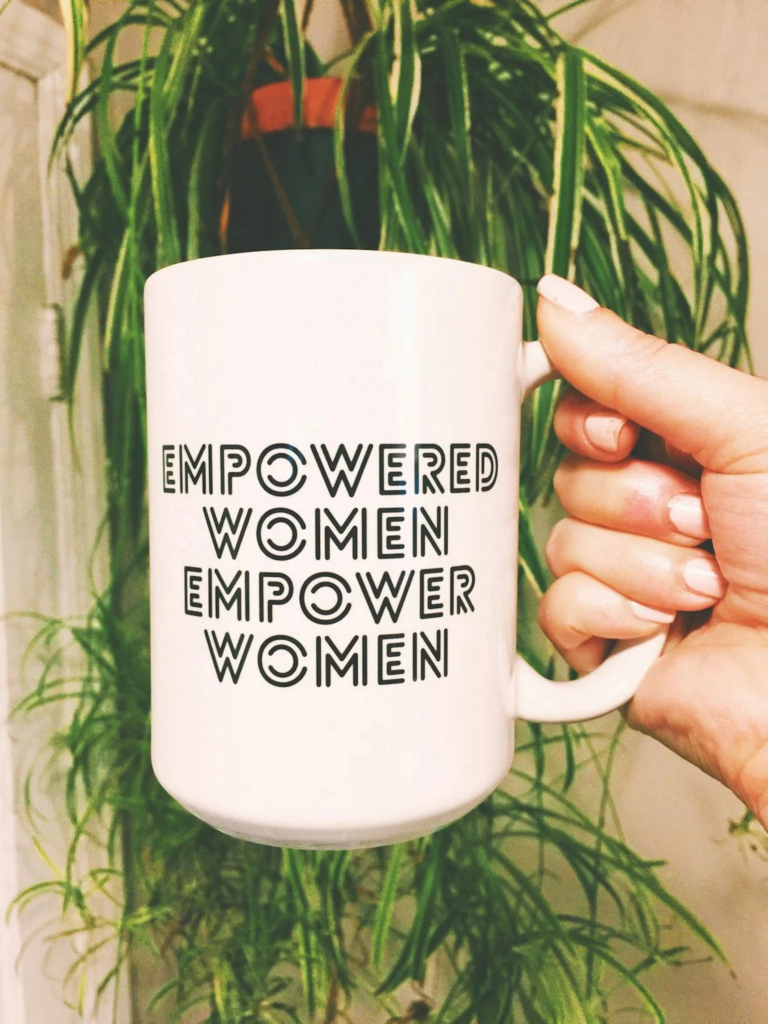As the world observes International Women’s Day on March 8, we celebrate and honor all of the important contributions and accomplishments of women in the world today. Invest in Women: Accelerate Progress is the theme for the 2024 International Women’s Day celebration. This year’s theme, along with the hashtag #InvestInWomen, addresses the importance of encouraging women’s participation and empowerment. The theme also urges the world to acknowledge all of the opinions and successes of women from all origins, particularly underrepresented groups.
Gender discrepancies continue to exist despite advancements, with obstacles including unequal wages and a lack of leadership opportunities for women. Events such as International Women’s Day exist as both a global recognition of the achievements of women and a call to action to solve issues related to gender equality. In addition, it serves as a powerful reminder of the continuous need for women’s empowerment. It’s a day to celebrate the progress achieved toward attaining gender equality as well as spotlight the ongoing issues that still need to be addressed.
International Women’s Day Challenges

According to the United Nations, the repercussions of the pandemic and ongoing conflicts have exacerbated global poverty, pushing an additional 75 million people into severe poverty since 2020. Immediate intervention is necessary to avert a scenario where over 342 million women and girls find themselves in poverty by 2030. The imperative to implement gender-responsive financing arises from the potential consequences of conflicts and escalating prices, which could prompt many countries to reduce public spending by 2025. This reduction would adversely affect women and their access to essential services.
Despite leading initiatives for change, feminist organizations receive meager development assistance, emphasizing the need for increased support for these change-makers. Investing in women is not just a matter of equality; it is a human rights imperative with an increasingly urgent timeline. Recognizing gender equality as the paramount human rights challenge is essential, as its positive impact extends to everyone. The current economic system disproportionately disadvantages women. Advocates propose a transition to a green economy and a caring society to rectify this imbalance and amplify the voices of women.
When Did IWD Start?

International Women’s Day began as an idea in 1910, received widespread acceptance in 1914, and has been observed on March 8 ever since. The day honors the historical battles for women’s rights, such as the ability to vote and the elimination of gender-based discrimination. The accepted colors of International Women’s Day are purple, green, and white. The event has its origins in the Women’s Social and Political Union in the early 1900s in the United Kingdom. Every color has a distinct importance; for example, purple is associated with justice and dignity, green with optimism, and white with purity.
Countries that Celebrate International Women’s Day
Afghanistan, Armenia, Azerbaijan, Belarus, Burkina Faso, Cambodia, China (for women only), Cuba, Georgia, Guinea-Bissau, Eritrea, Kazakhstan, Kyrgyzstan, Laos, Madagascar (for women only), Moldova, Mongolia, Montenegro, Nepal, Russia, Tajikistan, Turkmenistan, Uganda, Ukraine, Uzbekistan, Vietnam, and Zambia are among the nations that observe International Women’s Day as a national holiday. In 2019, the Berlin parliament passed a measure designating International Women’s Day as a public holiday in Germany.
The official UN International Women’s Day commemoration, scheduled for March 8, 2024, from 10:00 am to 11:30 am EST, will take place in the ECOSOC Chamber.
You must be logged in to post a comment.